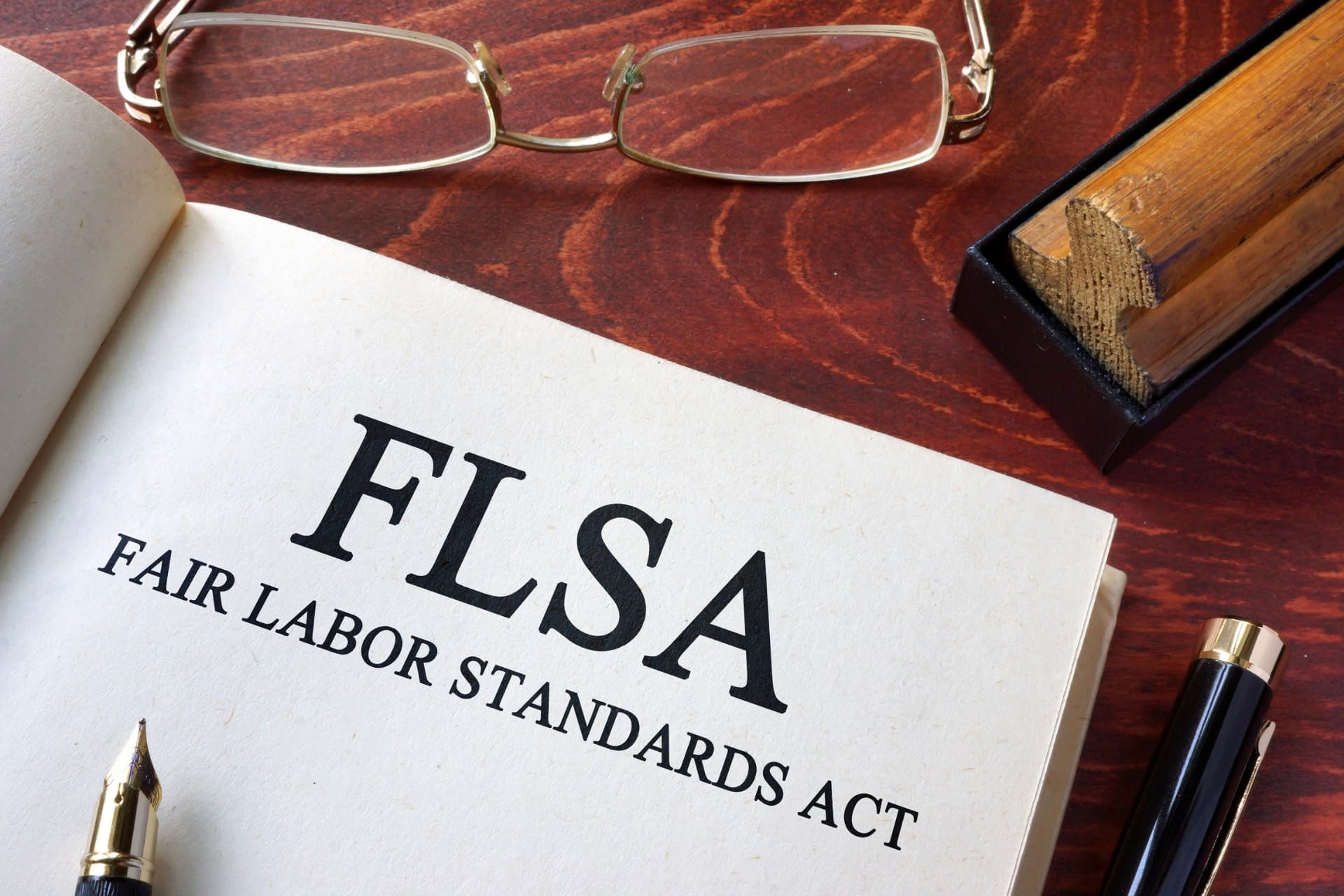In a recent decision providing welcome news for employers, the Fifth Circuit completely deconstructed the plaintiff-friendly two-step certification process routinely favored by federal courts for managing collective action claims under the Fair Labor Standards Act (FLSA). The Jan. 12, 2021, decision in Swales v. KLLM Transport Services, LLC is a watershed moment for FLSA litigants and practitioners in the Fifth Circuit. Its impact may open a broader debate in other federal courts as to how much scrutiny to apply when considering sending notice to workers of pending wage and hour collective actions in which they may participate.
Having neither adopted nor rejected the common two-step certification process endorsed by other circuits, The Fifth Circuit went back to basics in Swales by reviewing the express requirements of Section 216(b) of the FLSA. Finding no statutory requirement for the two-step process originally articulated by the U.S. District Court for the District of New Jersey in 1987 in Lusardi v. Xerox Corporation, the Fifth Circuit flatly rejected it as having “no anchor in the FLSA’s text or in Supreme Court precedent interpreting it.”
The Lusardi Two-Step Framework
Under the familiar Lusardi framework, certification of FLSA collective actions involves a two-step certification process. First, district courts make an initial, lenient “conditional certification” determination regarding whether notice will be sent to potential opt-in plaintiffs. At this first stage, courts “typically base their decisions” primarily on “the pleadings and affidavits of the parties,” and courts “may require little more than ‘substantial allegations that the putative [collective] members were together the victims of a single decision, policy, or plan.’”
As the Fifth Circuit noted, “the leniency of the stage-one standard, while not so toothless as to render conditional certification automatic, exerts formidable settlement pressure.” Only at the second stage do courts employ a much stricter standard, after notice has been sent and discovery has concluded, to determine “whether the named plaintiffs and opt-ins are ‘similarly situated’ and may therefore proceed to trial as a collective.”
The District Court’s Decision
In Swales v. KLLM Transport Services, LLC, on behalf of a putative collective action under Section 216(b) of the FLSA, the plaintiffs claimed that they and other “similarly situated” truck drivers were misclassified as independent contractors rather than employees. Before considering conditional certification, the U.S. District Court for the Southern District of Mississippi “authorized discovery ‘limited to the issue of § 216(b) certification’ to determine whether to conditionally certify a collective and facilitate notice to potential members.” The parties then briefed the issue of conditional certification.
The district court eventually granted the motion, “conditionally certifying a collective of potentially thousands of KLLM truck drivers,” but also took an unusual step. “At the end of its opinion, the district court sua sponte certified its certification decision for interlocutory appeal under 28 U.S.C. § 1292(b) and stayed the case,” explaining that there were “open questions regarding the applicable standards [of conditional certification], especially when some discovery has occurred.”
The Fifth Circuit’s New Rigorous Certification Standard
As the Fifth Circuit explained, “[t]he district court observed, correctly, that ‘[f]ew areas of the law are less settled than the test for determining whether a collective action should be certified under § 216(b).’” Whether employees are “similarly situated,” the key determination for collective action certification, is “a phrase that § 216(b) of the FLSA leaves undefined.”
The parties assumed that “Lusardi (or some version of it) applie[d],” and “[r]ecognizing the significant discovery that had already taken place, the district court applied a Goldilocks version of Lusardi, something in between lenient and strict.” However, the Fifth Circuit explained that it had neither adopted nor rejected the Lusardi framework previously, and seized this opportunity to articulate a standard of its own.
Under the Fifth Circuit’s new KLLM Transport framework, “a district court must rigorously scrutinize the realm of ‘similarly situated’ workers, and must do so from the outset of the case, not after a lenient, step-one ‘conditional certification.’”
Merits May Be Considered
The Fifth Circuit explained that the district court mistakenly “felt that it could not reach ‘merits’ issues until Lusardi’s step two—after notice is sent out and discovery is complete.” Indeed, despite substantial discovery (expert evidence, 11 depositions and 19,000 documents exchanged), the district court found it was prohibited from considering “any of this evidence of dissimilarity ‘at the pre-notice stage’ because it went to the merits of the case.” The Fifth Circuit explained that a threshold question which may be “intertwined with a merits question does not itself justify deferring those questions until after notice is sent out.” It also noted that “[c]onsidering, early in the case, whether merits questions can be answered collectively has nothing to do with endorsing the merits.” The Fifth Circuit held that a district court can consider merits questions “when considering the scope of a collective,” and noted that failure to do so “risks crossing the line from using notice as a case-management tool to using notice as a claims-solicitation tool.”
Pre-Certification Discovery Should Be Permitted
In resolving the “similarly situated” inquiry, the Fifth Circuit explained that at the outset of litigation, the district court should identify “what facts and legal considerations will be material to determining whether a group of ‘employees’ is “similarly situated.” Critically, the Fifth Circuit directed that courts should then “authorize preliminary discovery accordingly.” District courts “should dictate the amount of discovery needed to determine if and when to send notice to potential opt-in plaintiffs.”
In rejecting Lusardi’s two-step approach, the Fifth Circuit noted that “its flexibility has led to unpredictability,” and “on the other hand, its rigidity distracts district courts from the ultimate issues before it.” Put simply, “the FLSA’s similarity requirement is something that district courts should rigorously enforce at the outset of the litigation,” and “the district court needs to consider all of the available evidence” in making its determination. After doing so, the district court may determine that the putative collective action members “are too diverse a group to be ‘similarly situated,’” and thus “may decide the case cannot proceed on a collective basis.”
For employers facing FLSA collective actions in Louisiana, Mississippi and Texas, it is difficult to overstate the significance of the KLLM Transport decision. It represents a sea-change in how certification of FLSA collective actions will be handled. Time will tell if other circuits adopt the same analysis and likewise reject the prevailing two-step certification procedure from Lusardi, particularly with its lenient first-stage analysis. Likewise, it will be important to observe how district courts apply the Fifth Circuit’s instruction, or whether Supreme Court review will be sought. What is clear, however, is that “business as usual” is over for FLSA collective action plaintiffs in the Fifth Circuit, and litigants in other circuits have gained a powerful new weapon. We will continue monitoring the impact of the KLLM Transport decision.












/Passle/6488d4630e7e25c9ac9f834a/SearchServiceImages/2024-11-14-13-11-27-495-6735f6fff42d6cc59c8ec5c1.jpg)
/Passle/6488d4630e7e25c9ac9f834a/SearchServiceImages/2024-11-11-22-02-38-042-67327efe31216b909e6ea644.jpg)
